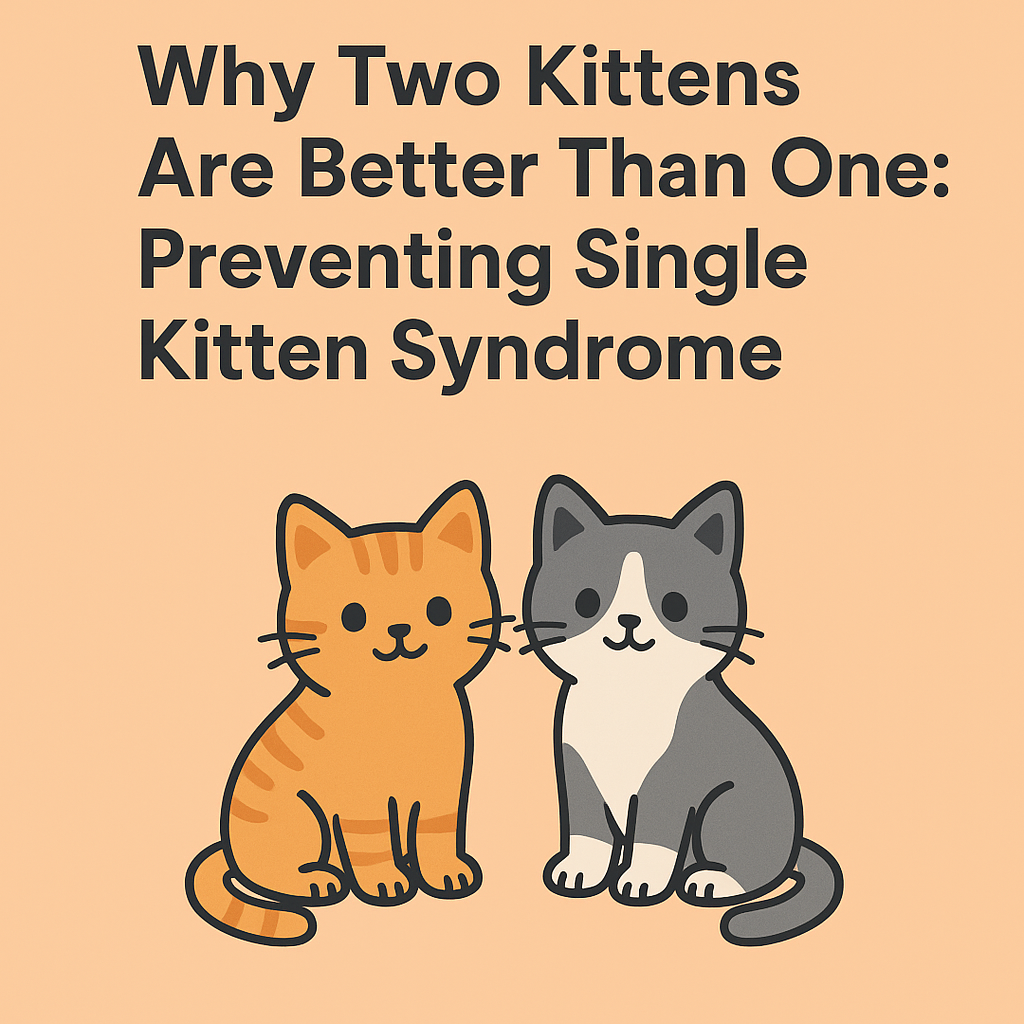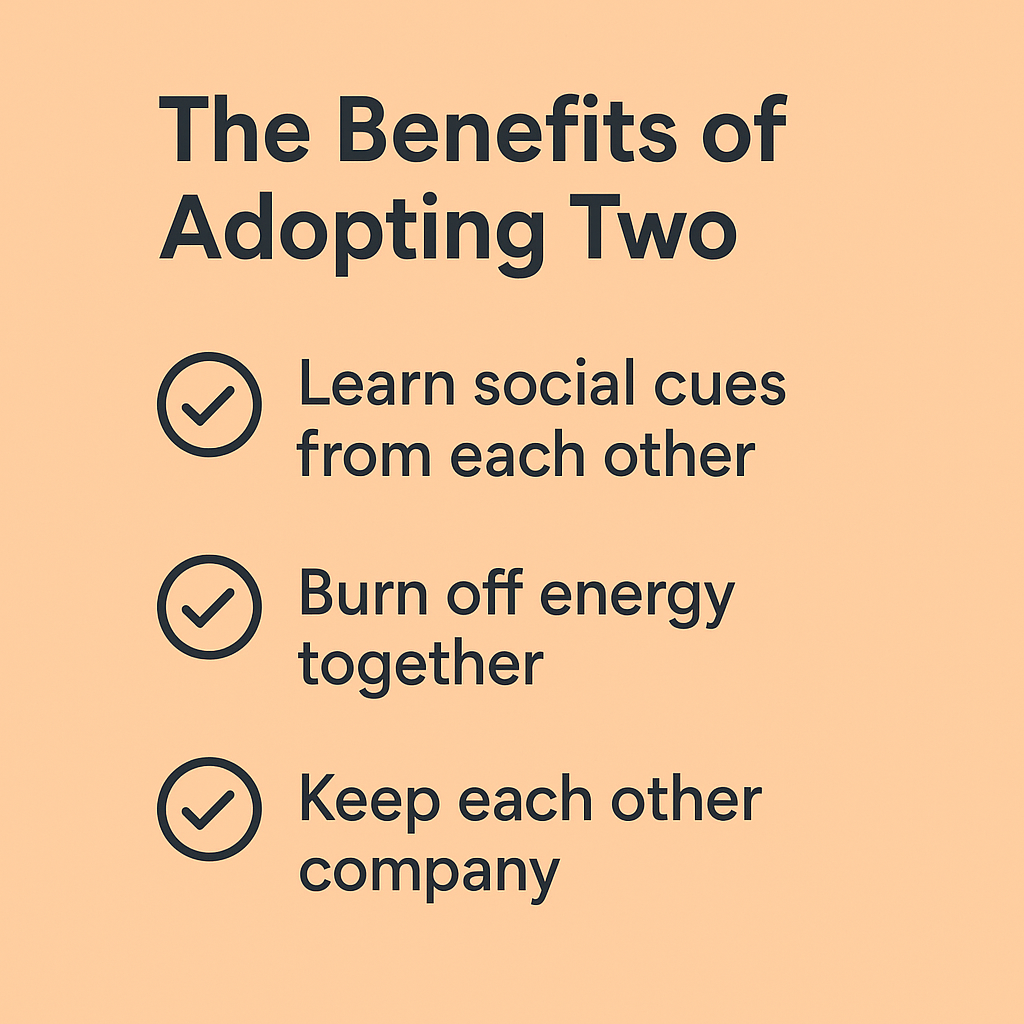
Preventing Single Kitten Syndrome
When it comes to adopting kittens, many people assume that taking home just one is simpler, easier, or more manageable. But did you know that adopting a pair is often healthier, happier, and better for everyone involved—especially the kittens?
At Abby Cat Daddy, we frequently advocate for adopting kittens in pairs—and there’s good reason. Young cats have complex social and behavioral needs that are often best met by a feline friend. When raised alone, a kitten may struggle with what’s known as Single Kitten Syndrome, a condition that can lead to developmental, behavioral, and emotional challenges.
What Is Single Kitten Syndrome?
Single Kitten Syndrome describes a range of problematic behaviors that can emerge when a kitten is raised without a littermate or age-appropriate companion. These kittens may become overly dependent on their humans for attention and stimulation, which can result in:
- Excessive vocalization or neediness
- Rough play or aggression
- Difficulty learning boundaries
- Litter box issues
- Overstimulation and biting during petting
According to the National Kitten Coalition, these behaviors stem from a lack of essential peer-to-peer learning that happens through normal kitten play and social interaction. Without a sibling to wrestle, chase, and cuddle with, single kittens may not learn how to moderate their bite, respect boundaries, or self-soothe during stress National Kitten Coalition, 2022.

The Benefits of Adopting Two Kittens
Kittens adopted in pairs tend to grow into more well-adjusted adult cats. They:
- Learn social cues from each other—like when play has gone too far
- Burn off energy together, which reduces the risk of destructive behavior in your home
- Keep each other company, lowering the risk of separation anxiety
- Cuddle and groom one another, providing emotional support and bonding
Most importantly, two kittens raised together are often easier to care for in the long run. They tire each other out, are more independent, and are far less likely to develop the behavioral problems that can arise from loneliness or under-stimulation.
Double the Trouble? Not Quite.
Many assume two kittens will mean twice the work—but that’s often not the case. Feeding, cleaning, and vet visits for two kittens are only marginally more effort, especially when compared to the long-term behavioral challenges of a single, under-stimulated kitten.

Our Commitment
At Abby Cat Daddy, we see the difference daily. Kittens raised in pairs grow into more confident, content, and balanced adult cats. Whenever possible, we strongly encourage adopters to consider adopting two kittens—especially if they’re under four months of age or have bonded in foster care.
By choosing to adopt a pair, you’re setting them up for a lifetime of companionship, learning, and love.
Learn more about Single Kitten Syndrome and the research behind it at the National Kitten Coalition.
Ready to Adopt?
If you’ve read this far, you already know why two kittens are truly better than one. Many of the kittens in our care are already paired with a sibling or a best friend—and they’re just waiting to meet you. Visit our Adoptions Page to browse bios, learn about their personalities, and find your perfect pair. A happier, healthier future starts with two.
Resources
- National Kitten Coalition. One Is the Loneliest Number: Single Kitten Syndrome Behaviors. Retrieved from: https://kittencoalition.org/one-is-the-loneliest-number-single-kitten-syndrome-behaviors
For more information on kitten behavior and care, visit kittencoalition.org.

